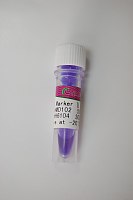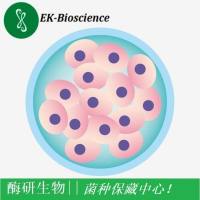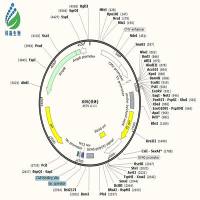Case Study: Using a Nondestructive DNA Extraction Method to Generate mtDNA Sequences from Historical Chimpanzee Specimens
互联网
623
A major challenge for ancient DNA (aDNA) studies using museum specimens is that sampling procedures usually involve at least the partial destruction of each specimen used, such as the removal of skin, pieces of bone, or a tooth. Recently, a nondestructive DNA extraction method was developed for the extraction of amplifiable DNA fragments from museum specimens without appreciable damage to the specimen. Here, we examine the utility of this method by attempting DNA extractions from historic (older than 70 years) chimpanzee specimens. Using this method, we PCR-amplified part of the mitochondrial HVR-I region from 65% (56/86) of the specimens from which we attempted DNA extraction. However, we found a high incidence of multiple sequences in individual samples, suggesting substantial cross-contamination among samples, most likely originating from storage and handling in the museums. Consequently, reproducible sequences could be reconstructed from only 79% (44/56) of the successfully extracted samples, even after multiple extractions and amplifications. This resulted in an overall success rate of just over half (44/86 of samples, or 51% success), from which 39 distinct HVR-I haplotypes were recovered. We found a high incidence of C to T changes, arguing for both low concentrations of and substantial damage to the endogenous DNA. This chapter highlights both the potential and the limitations of nondestructive DNA extraction from museum specimens.











